The BMW iX5 Hydrogen is being built in the BMW Group's pilot plant at its Research and Innovation Centre in Munich. This is the interface between development and production where every new model from one of the company's brands is made for the first time.
Around 900 people work there in the body shop, assembly, model engineering, concept vehicle construction and additive manufacturing. They each work on up to six vehicle projects simultaneously and are tasked with ensuring that both the product and the manufacturing process are ready for series production.

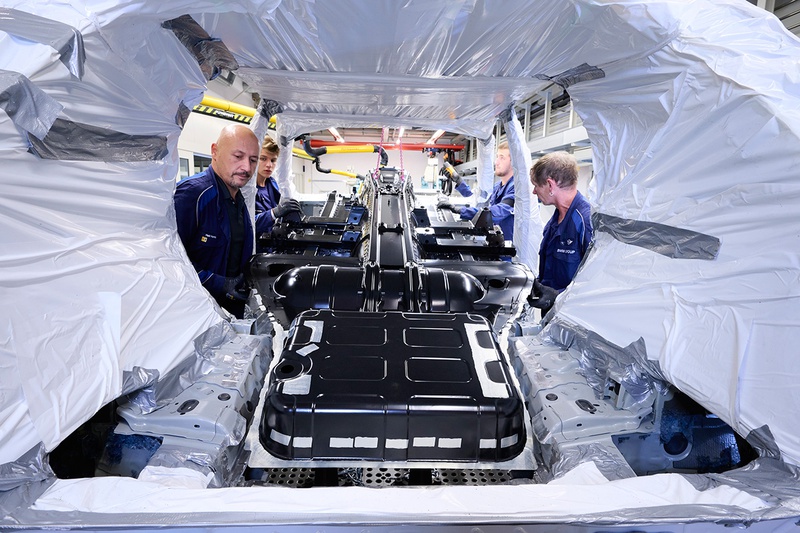

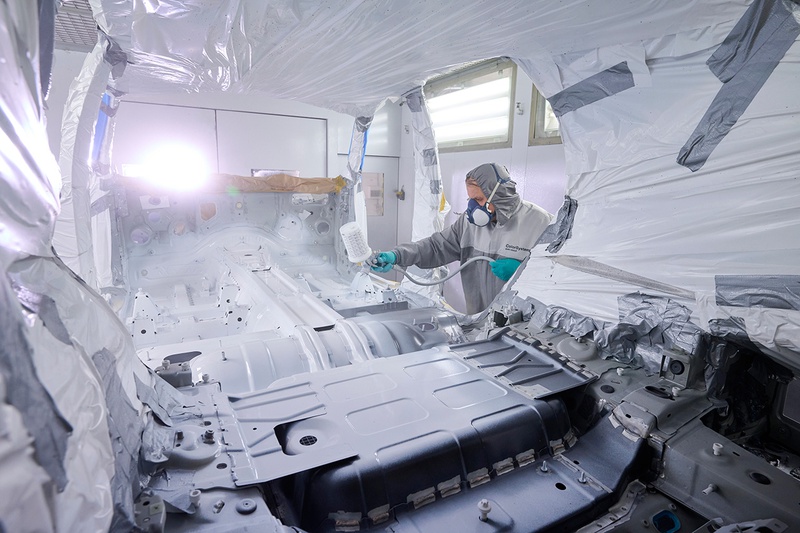

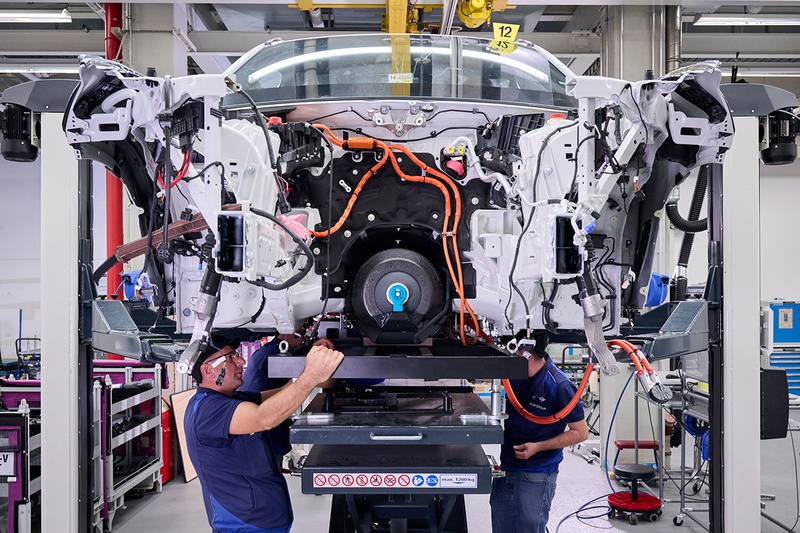
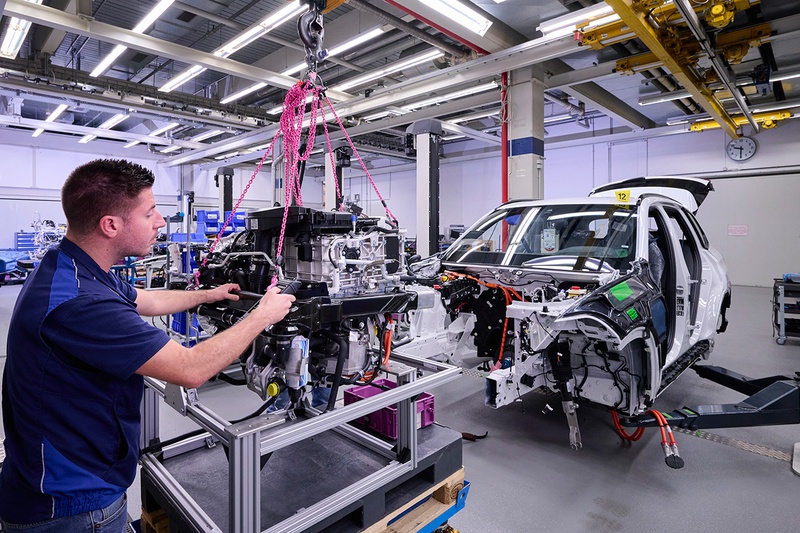
BMW iX5 Hydrogen production
In the case of the BMW iX5 Hydrogen, specialists in hydrogen technology, vehicle development and initial assembly of new models have been working closely together to integrate the cutting-edge drive and energy storage technology.
BMW Group Plant Spartanburg in the USA supplies the base vehicles for the hydrogen model, which has been developed on the platform of the BMW X5. They are fitted with a new floor assembly in the pilot plant's body shop that makes it possible to accommodate the two hydrogen tanks in the centre tunnel and under the rear seat unit.
The drive system on board the BMW iX5 Hydrogen teams fuel cell technology with an electric motor using fifth-generation BMW eDrive technology. The hydrogen it uses as an energy source is stored in two 700-bar tanks made from carbon-fibre-reinforced plastic (CFRP), located in the centre tunnel and under the rear seat unit.

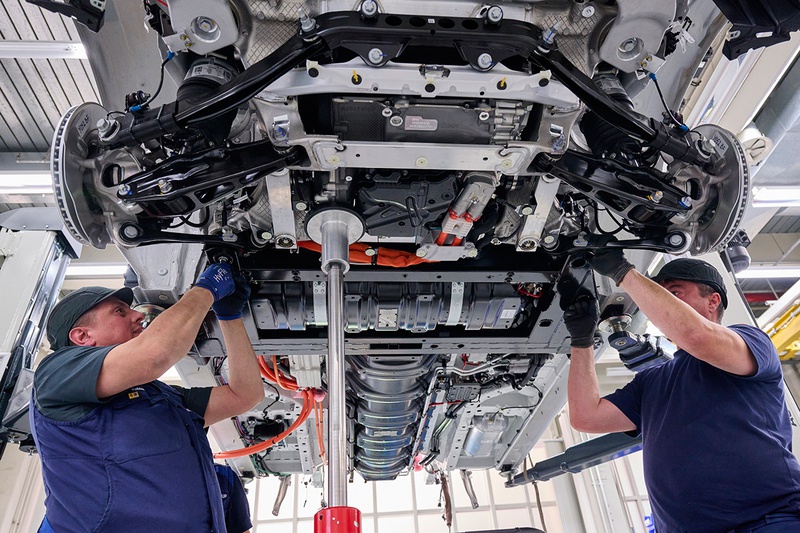


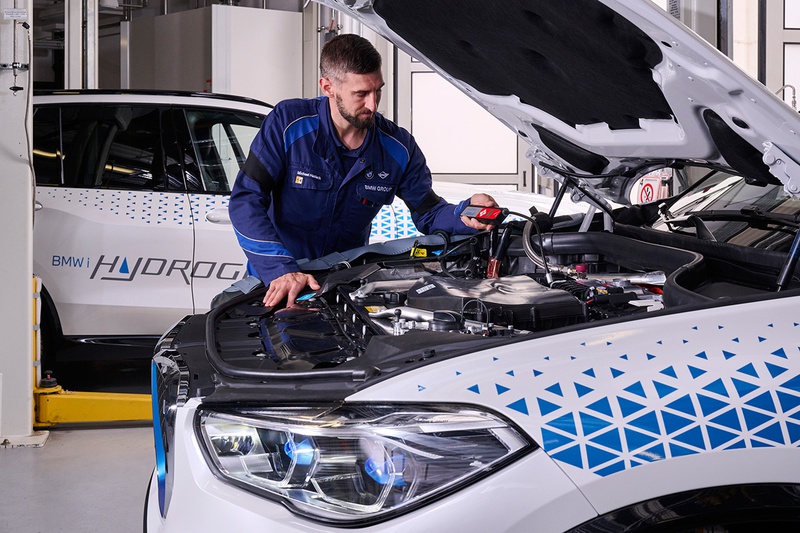

BMW iX5 Hydrogen production
The fuel cell converts the hydrogen into electric power, generating output of 125 kW/170 hp. Plus, the electric motor can add the energy stored in a power battery to the mix. This battery is charged either through energy recovery or from the fuel cell. All of which means that system output of 275 kW/374 hp is available when the driver decides to explore the upper reaches of the car's dynamic abilities. The only emission released by the fuel cell is water vapour. And its waste heat is harnessed particularly efficiently to warm the car's interior.
Source: BMW

